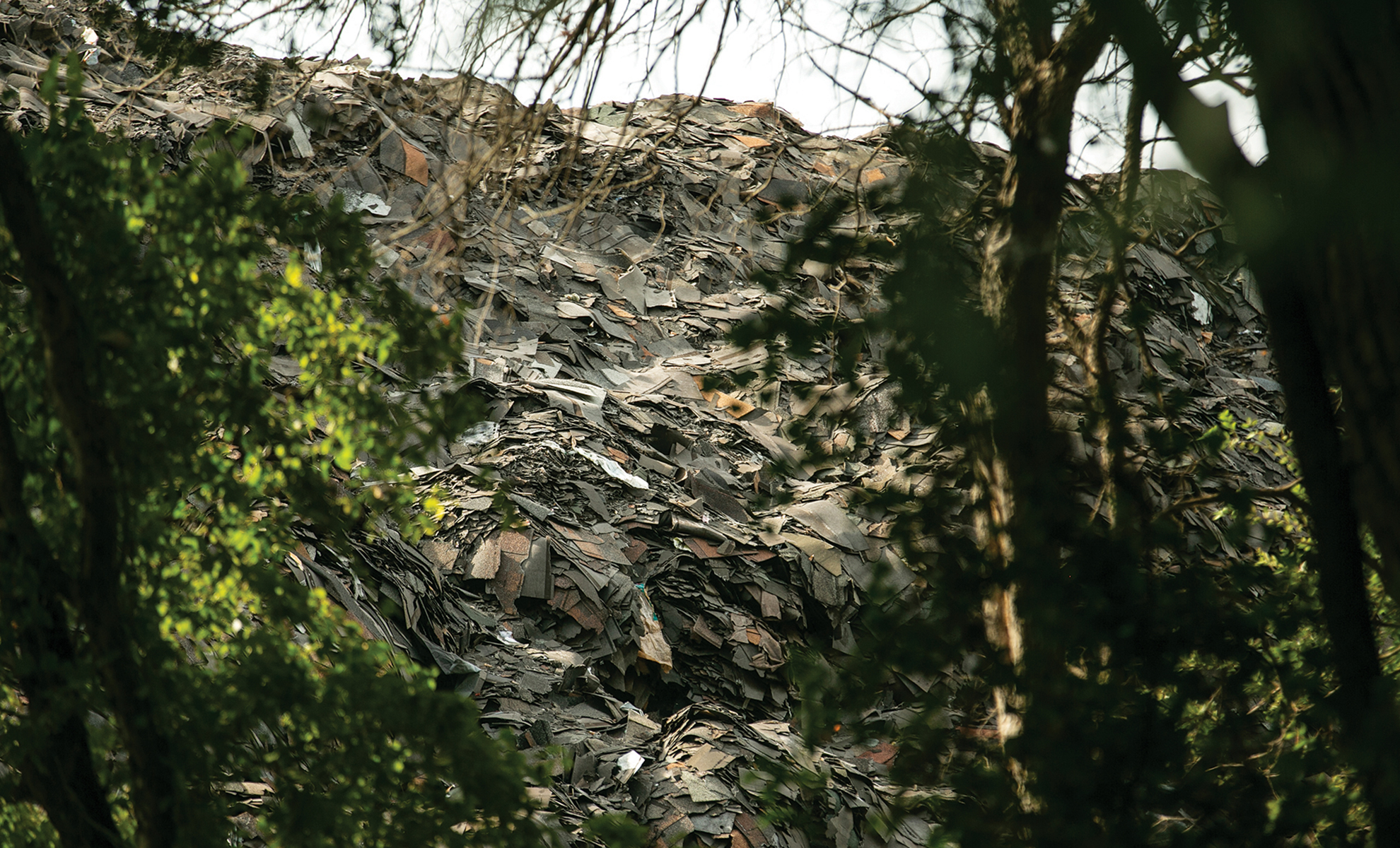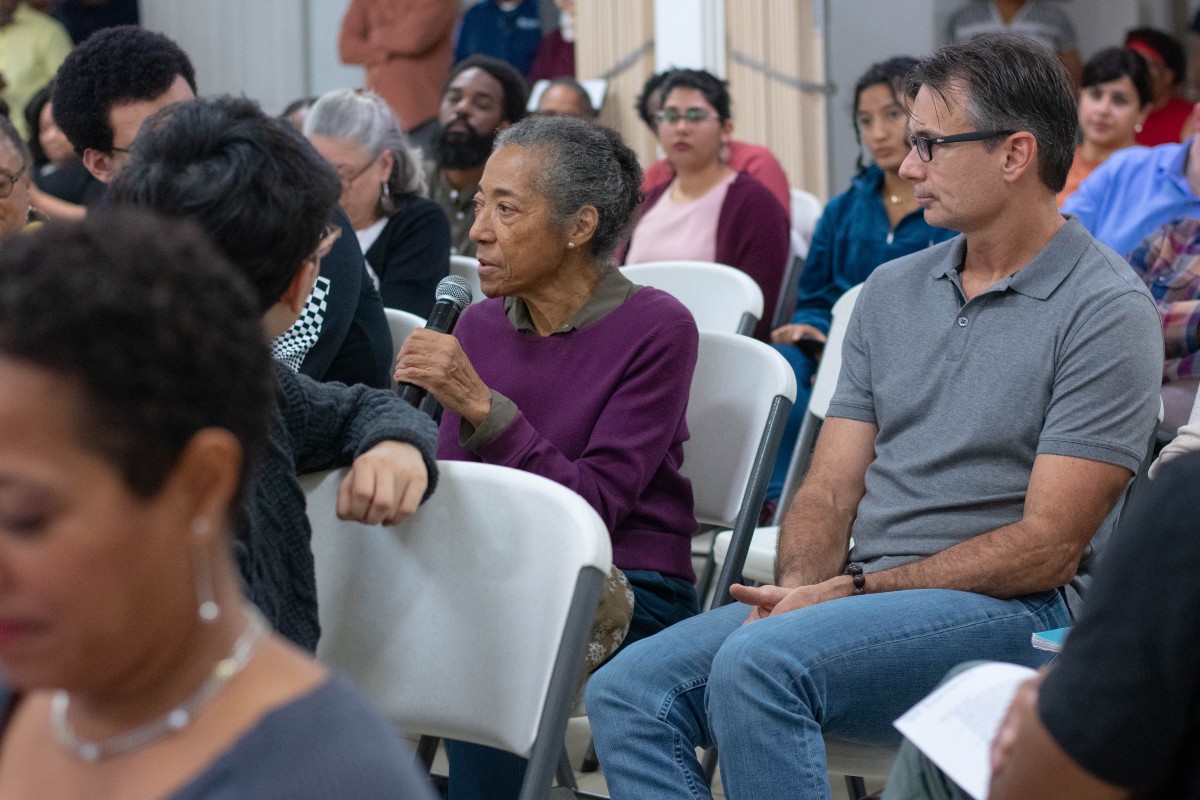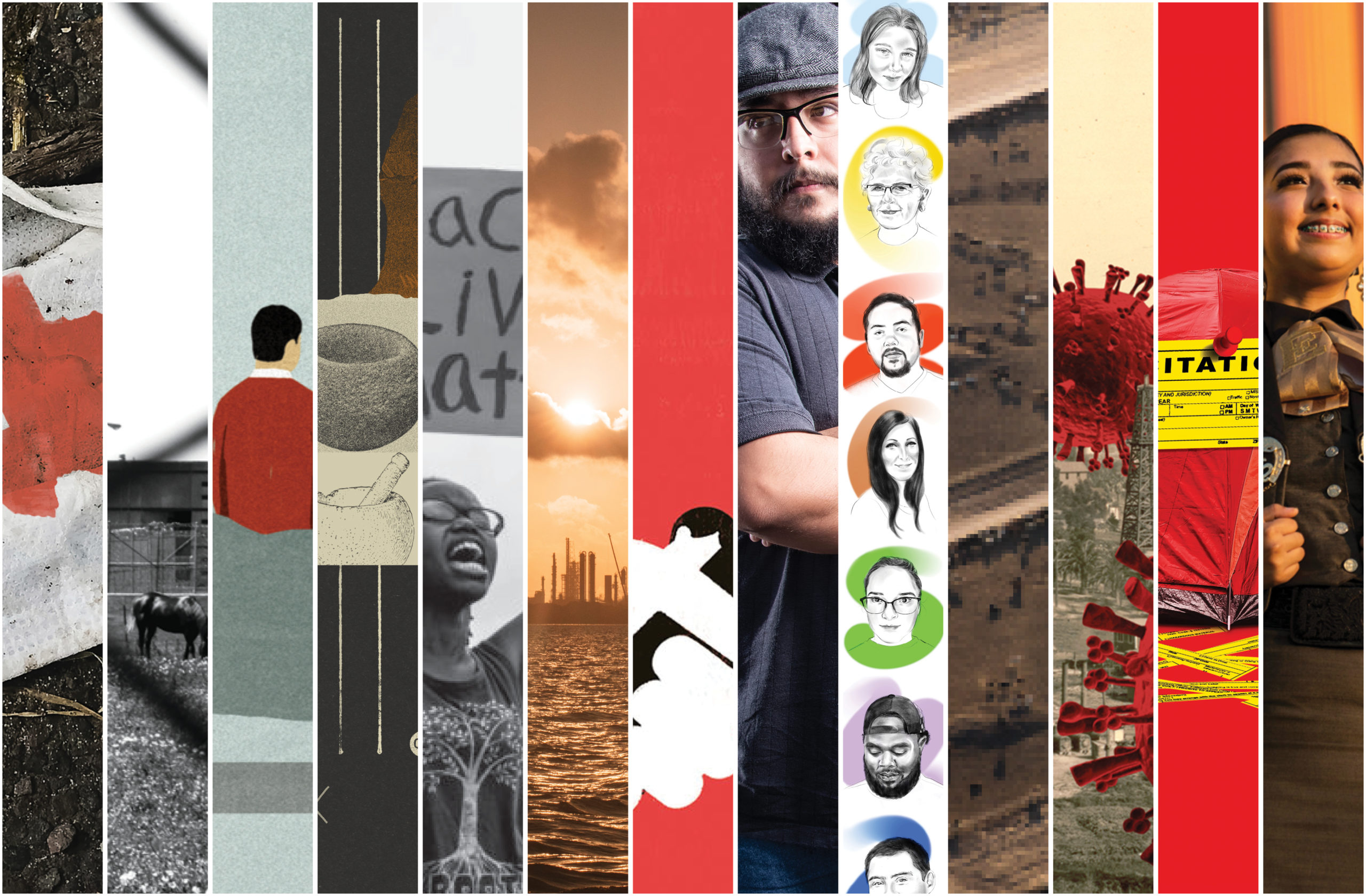
The Observer’s Best Longform Stories of 2020
We rounded up some of our hardest hitting longform stories from this unprecedented year.
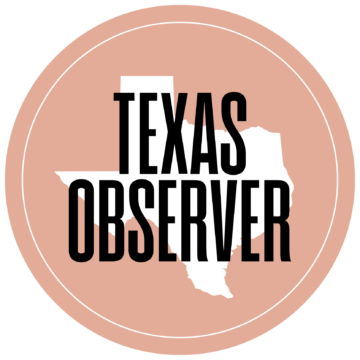
This was a year of reckoning. With our health, of course, but also with our obligations to each other. In 2020, a lot of people were forced to fight—for their lives, their homes, their jobs and businesses, for democracy, and for their communities and families. We hope to have captured a piece of this in our coverage. The stories that follow represent the Observer at its best, as we consider our collective history, question our leaders, and elevate the voices of ordinary Texans.
Portraits of the Pandemic
By Observer Staff

One of my favorite feature stories we did this year was Portraits of the Pandemic. Sophie Novack edited the ensemble piece, and the writers that contributed to it used the wide canvas of the pandemic to explore open-ended, interconnected storylines. The tagline is “Ordinary stories from an extraordinary summer,” but it’s more than that: While all the characters are isolated from each other, and the world, there is a sense of community that readers are instantly part of simply because we’re all living through the same moment. It’s a rare achievement for a piece of journalism to be this aware of, and share so much with, its readers. —Tristan Ahtone
How We Got Here
By Sophie Novack
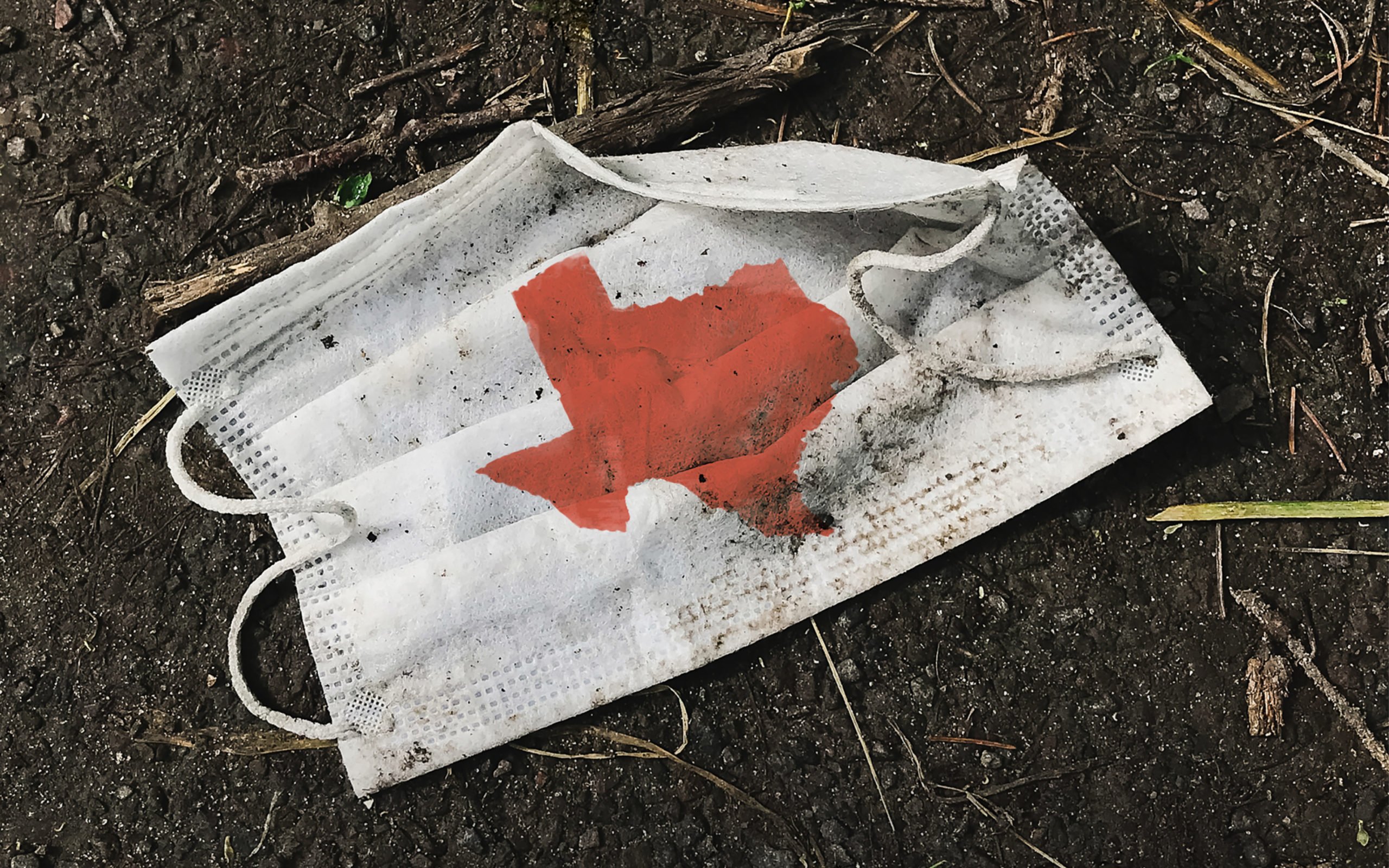
Each day, we’re bombarded with a flurry of new COVID-19 data points: The number of cases, of tests, of hospital beds, of vaccines, of deaths. As the daily dose of coronavirus developments flood our inboxes and TV screens, it’s easy to forget about the piss-poor state public health system that is making the situation worse. That’s why Sophie Novack’s piece is so important—it forces us to take a step back and look at the Texas healthcare landscape as a whole. I see her piece as a sort of time capsule; when the blessed time comes that COVID-19 is distant history, and curious parties want to know how it affected Texas, this will be the definitive piece to read. —Christopher Collins
The Prison Inside Prison
By Michael Barajas
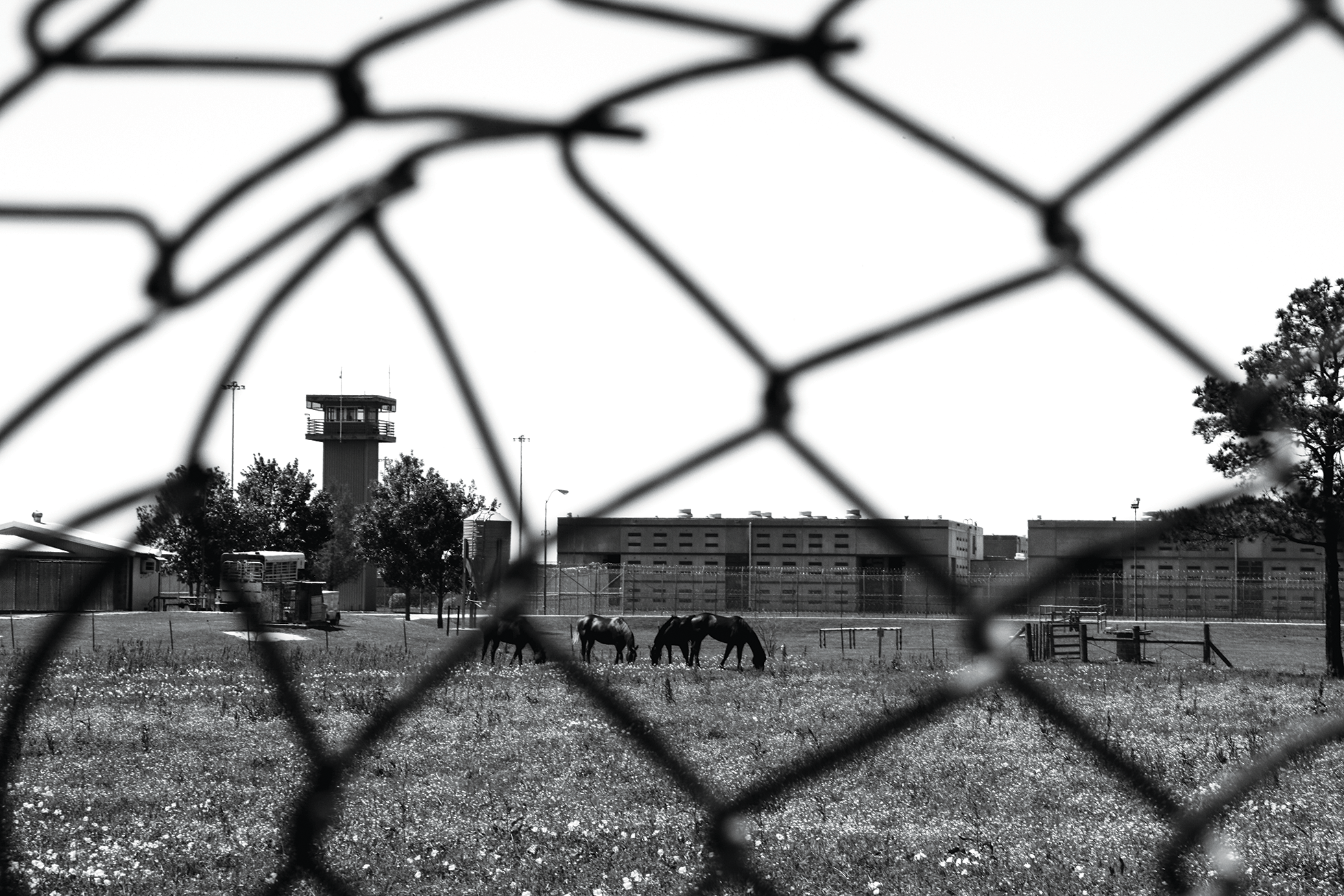
Early this year, when I finished my final edit on Michael Barajas’ stunning story about the use of solitary confinement in Texas prisons, I walked outside and turned my face to the winter sun, absorbing the warmth and light. I thought about one of the prisoners Mike interviewed in this story: Aaron Striz, who has been in solitary confinement since 2001, said he hasn’t seen the sun in six years. Imagine being denied such a basic human right—the Texas Department of Criminal Justice has done exactly that to hundreds of people who are confined, alone, in small cells for at least 22 hours a day. Alongside a thorough history of this practice and the Texas prison system generally, Mike documents how the harms of solitary confinement—one of the most “damaging and dehumanizing practices” of the carceral state—spread and reverberate from the inside out. —Megan Kimble
The Wasteland Underwater
By Lise Olsen and David Hasemyer

“The Wasteland Underwater” should scare you. Throughout the piece, Lise Olsen and David Hasemyer use deft writing and interviews with advocates, experts, and others to illustrate the gargantuan problem posed by toxic waste sites in Texas and around the nation. The writers do a masterful job of illustrating how these so-called “Superfund” sites stand to be upended in the future by increasingly violent weather driven by climate change. Through eye-popping statistics and hard-hitting quotes, Lise and David illustrate how high the stakes really are. The problem of climate change isn’t going anywhere, but the contaminants at these sites—who knows where they will end up? This is Observer reporting at its finest. —Christopher Collins
Something in the Air
By Christopher Collins
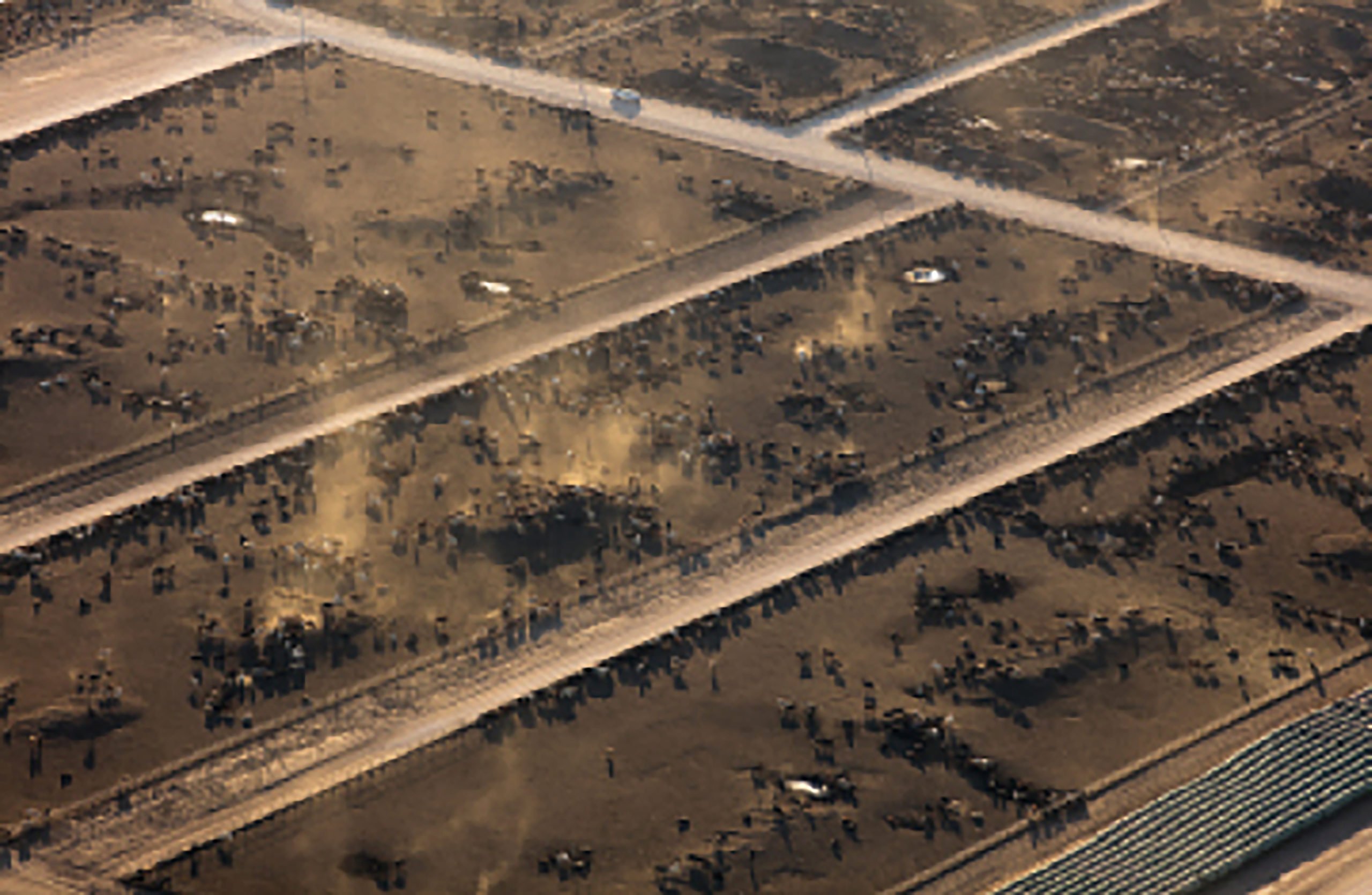
I’ve spent a good amount of time driving around rural Texas with Chris Collins, some of it around the time he was reporting this story. I remember his descriptions of the fecal dust, or “shust,” he experienced, the particles covering his car and nearly driving him back inside. It sounded, if you will, quite crappy—even amusing. But Chris has a special talent for taking a topic like fecal dust and giving it the deep narrative attention and accountability lens it deserves, while simultaneously lending it moments of levity. Folks in the Texas Panhandle have serious beef with these feedlots next door: living near them isn’t just smelly, it’s toxic. This story takes stock of the serious, tangible dangers of the cattle industry to the health and well-being of those who live near and depend on it. Yet, as Chris deftly details through public records, history, and interviews, state regulators have done little to protect Texans stuck in the literal shitstorm. —Sophie Novack
The New Ensemble
By Robyn Ross

We were putting the final touches on this story about a high school mariachi competition in Edinburg when the COVID-19 pandemic started to spread across Texas. Reading it again, it is a joyful reminder of the transformative power not just of music, but of performance. The jangle of nerves, the cathartic gathering of voices, the jubilance of a well-timed grito. “That’s why I love mariachi music,” student musician Daniel Estrada told freelance writer Robyn Ross. “Because it makes you feel everything in one song.” Read this story and imagine a day, not so far away, when we will all, again, gather together and sing. —Megan Kimble
From Boom to Bloodbath
By Justin Miller
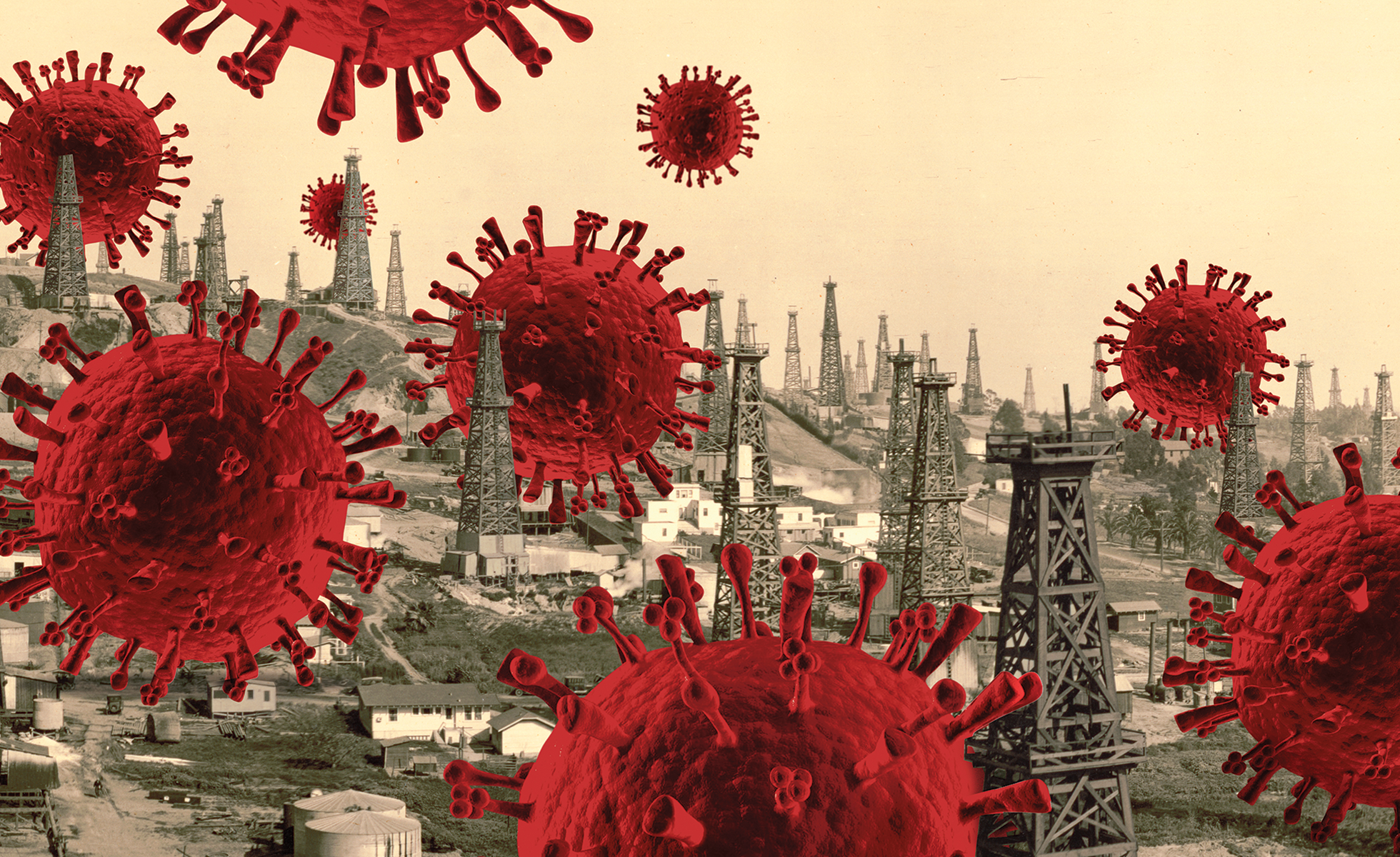
For years, Texans have tied their fortunes to the success of the Permian Basin, an arid stretch of desert comprising one of the world’s richest oil fields. The shale play provides beaucoup jobs and billions of dollars in tax revenue and royalties for state coffers. But now, as Justin Miller reports, the Permian has become an anchor wrapped around our necks. He points out that even before the pandemic, with oil prices sky high, the industry was still hemorrhaging money; COVID-19 simply laid bare Big Oil’s failings. Justin manages to make a complex subject understandable and interesting—no small feat. He shows us that what happens in the Permian Basin reverberates far beyond. That’s because a story about the Permian Basin isn’t just a story about the Permian. It’s a story about Texas, and in some ways, our nation as a whole. —Christopher Collins
No Place to Be
By Gus Bova
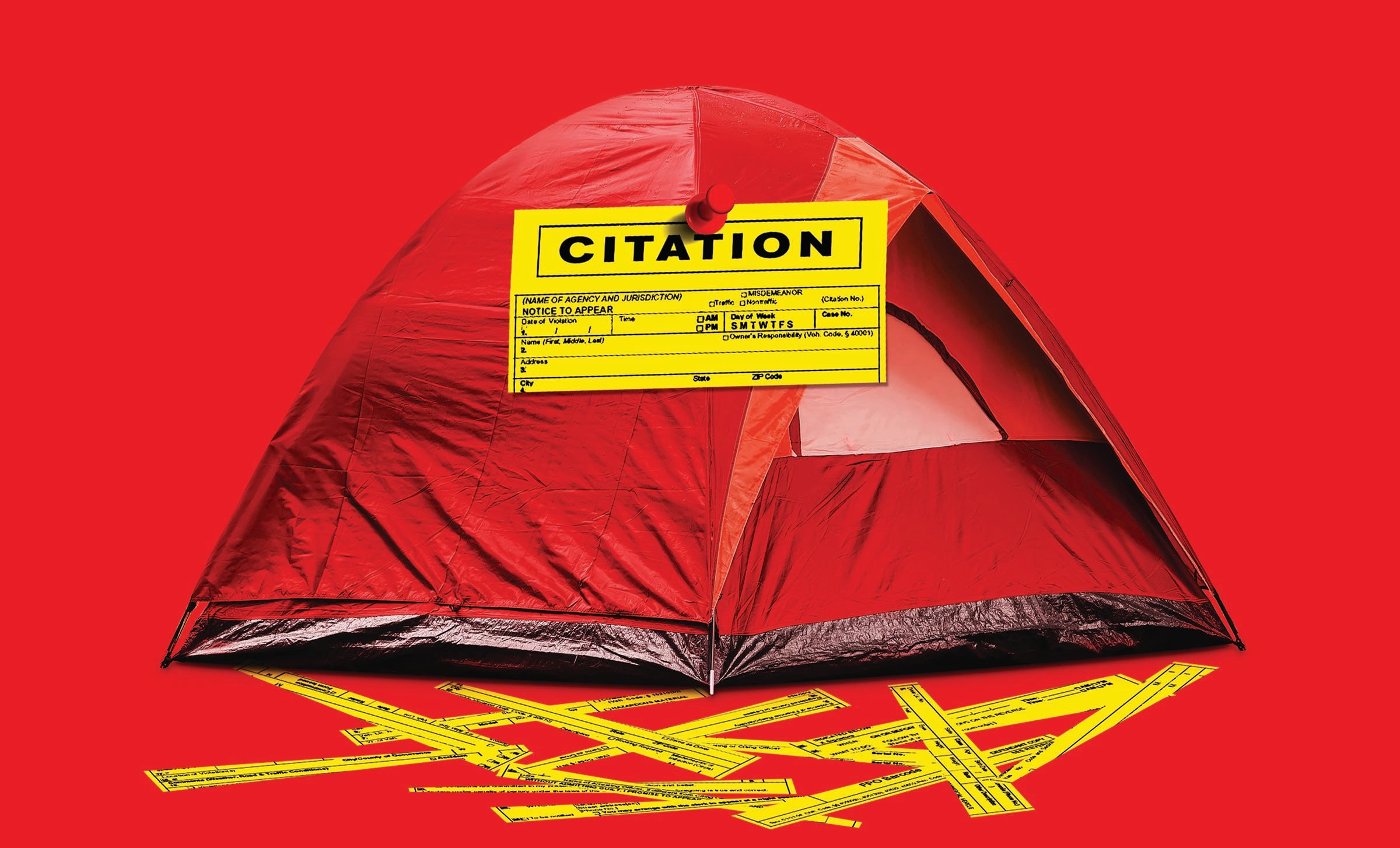
After Austin City Council repealed an ordinance that prohibited camping in public places last year, many homeless Austinites emerged from the city’s hidden corners and set up tents under highways and on sidewalks. Suddenly, Austin’s homeless population was visible. Many people—including Texas’ governor—insisted the city restore the camping ban. Gus Bova deftly reframed the backlash that ensued, asking: Why did these ordinances exist in the first place? If homelessness is a relatively recent phenomenon, Gus writes, then so too is the effort to criminalize behaviors necessary for homeless people to survive. As millions of Americans hover on the brink of homelessness due to the COVID-19 pandemic, Gus’ story couldn’t be more timely, providing an empathetic glimpse into the lives of the unhoused. —Megan Kimble
The Blacklist
By Megan Kimble
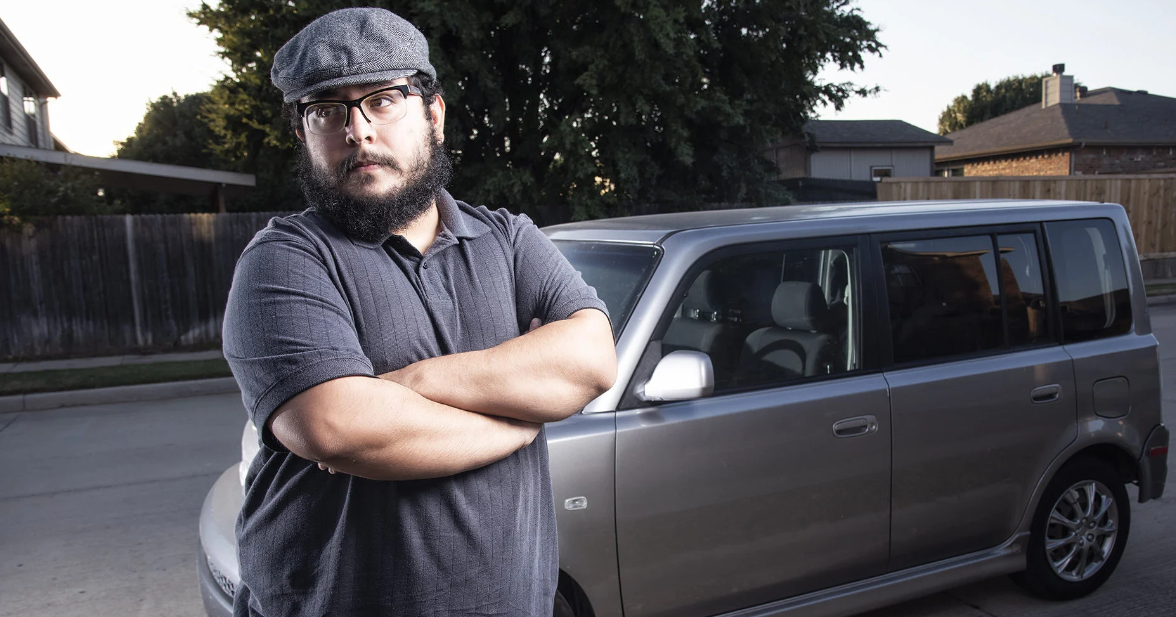
This story really unnerves me. At a time when the global coronavirus pandemic has left us fearful and endangered, “The Blacklist” taps into all the ways in which data collection will allow this era to live on long after the virus is under control, continuing to hurt the most vulnerable people. There’s absolutely no hope in this story, and while that may not seem like a glowing endorsement, I think it’s important. This is a warning—that the struggle for basic human rights and dignity is contrary to financial profit, and likely well beyond the reach of a ballot box. —Tristan Ahtone
The Forgotten Children of Texas
By Roxanna Asgarian
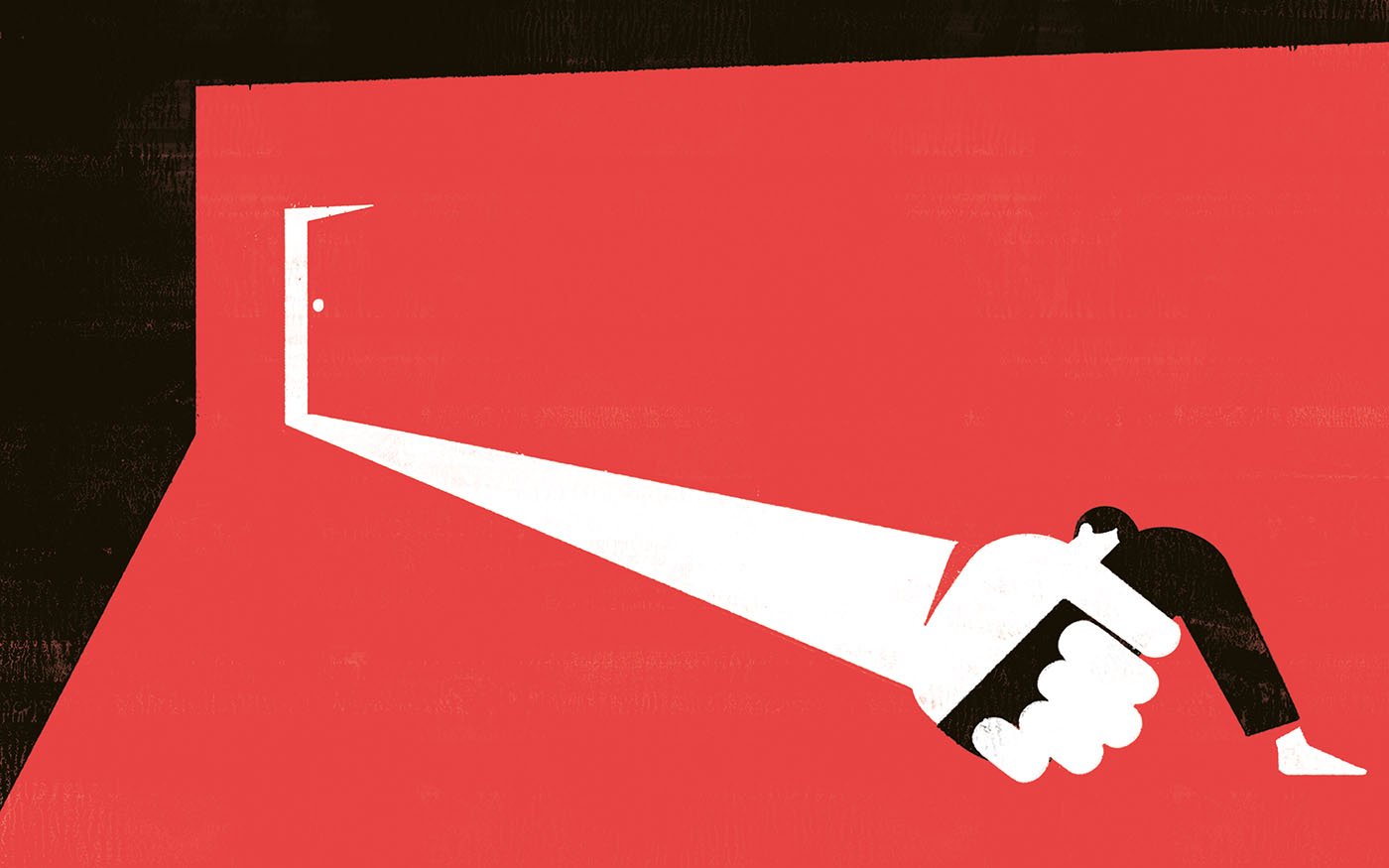
Texas’ foster care system has been so broken for so long, that it can be difficult for stories to break through and do the failures justice. Roxanna Asgarian’s investigation into “residential treatment centers,” home to thousands of foster children across the state, does just that. Through interviews with former residents and court documents, her story chronicles horrific abuse at these facilities—shining an important light on the way Texas has failed some of its most vulnerable kids. Despite thousands of allegations of abuse or neglect last year alone, state officials have often failed to investigate them, Roxanna writes. “Any time you put a kid in an RTC, you are probably expecting some level of abuse,” the head of Texas’ social worker association told her. “And that’s heartbreaking.” —Sophie Novack
Neglected in Care
By Elena Mejía Lutz
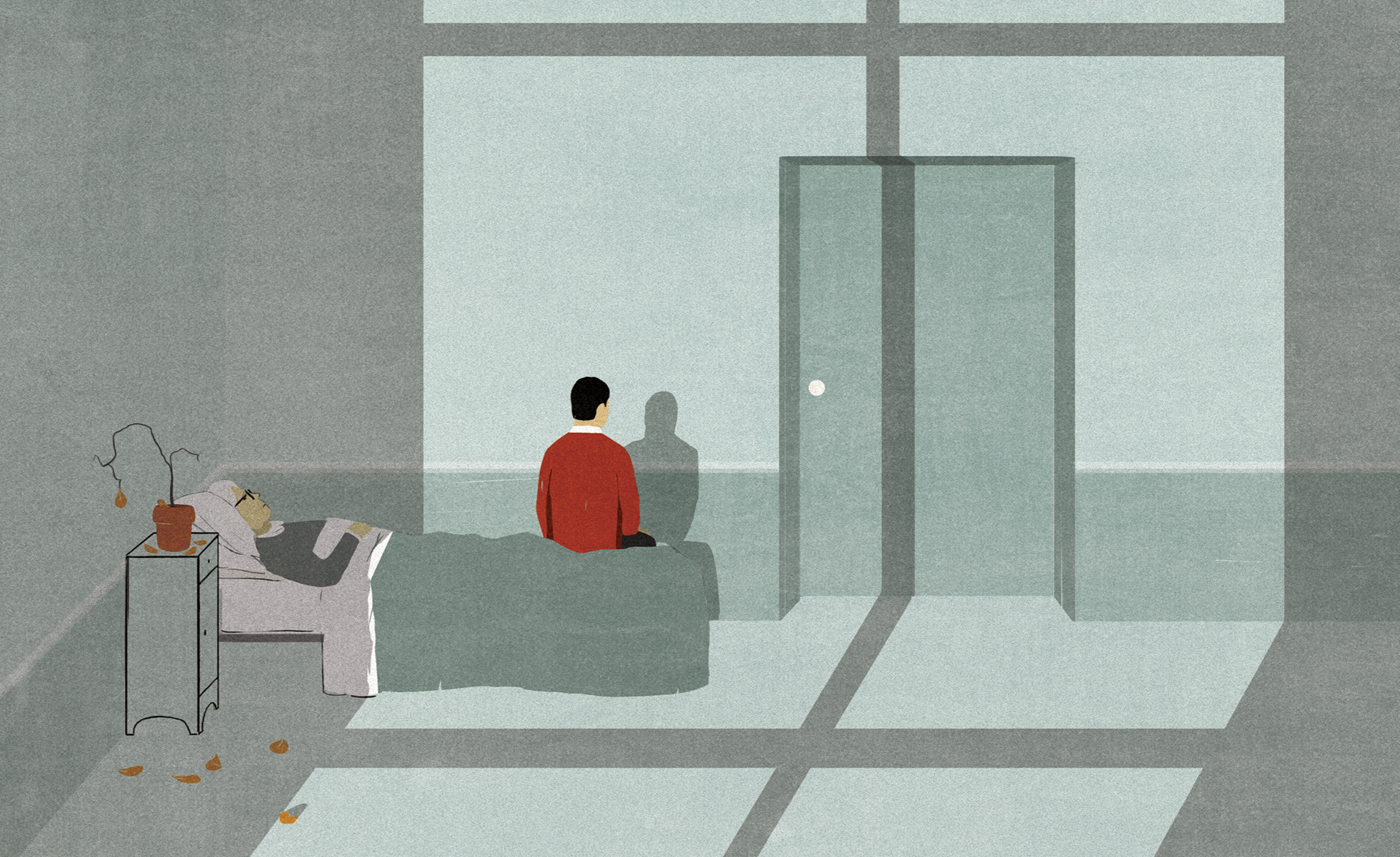
Elena Mejía Lutz started reporting this story long before COVID-19 existed, but her story became all the more timely—and devastating—as the virus spread nearly unchecked in nursing homes across the state and country. Even before the pandemic, Texas had the dubious distinction of being one of the most dangerous states to be a nursing home resident. For-profit corporations like Creative Solutions, which owns and operates 64 facilities in Texas, consistently cut staff hours to increase profits, leaving residents at increased risk, Elena found. Data released by the Texas Health and Human Services Commission in August show that those in Creative Solutions nursing homes were more likely to be infected than nursing home residents in the state overall. —Megan Kimble
Bringing the Dead Home
By Amal Ahmed
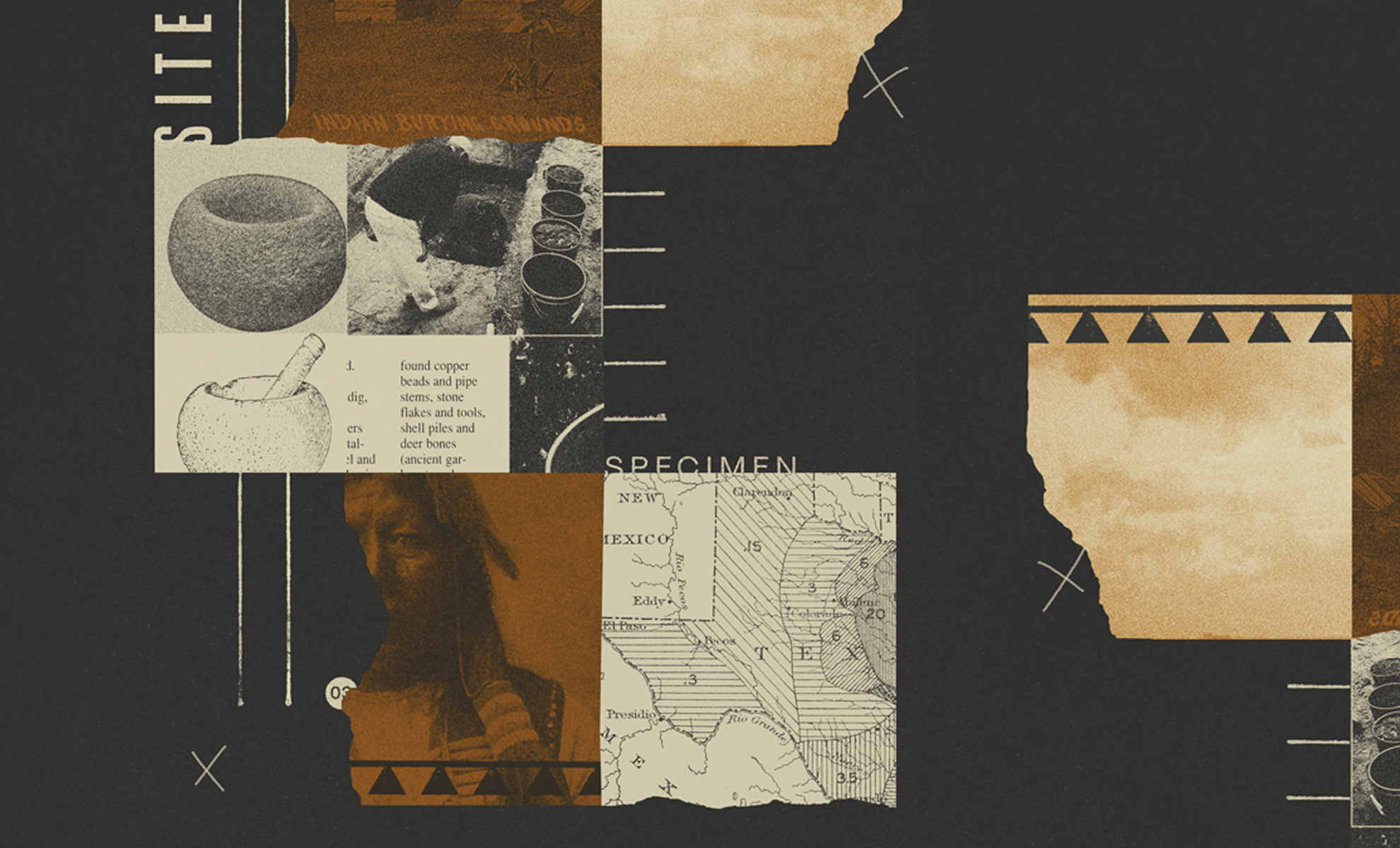
The Observer launched its Indigenous Affairs desk this year, the first of its kind in Texas, with a commitment to cover Indigenous communities and stories long overlooked by journalists in the state. “Bringing the Dead Home” exemplifies that commitment. Amal Ahmed explores a 1990 federal law that requires museums and universities to repatriate Indigenous remains in their collections to the tribes they belong to—and how it has failed many unrecognized tribes in Texas, who are still fighting to preserve their history after centuries of plunder. —Megan Kimble
What the Black Lives Matter Protests Mean for East Texas
By DaLyah Jones
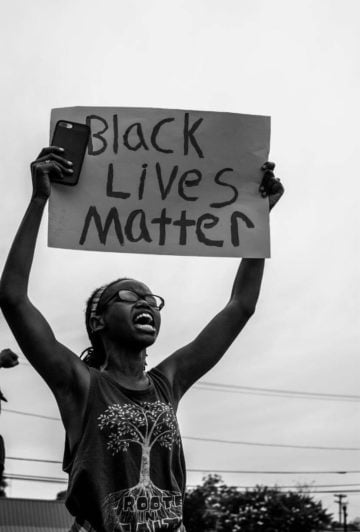
When protests following the killing of George Floyd came to East Texas this spring, it was DaLyah Jones’ perspective that I wanted to read. A Lufkin native, she shows here how writing from a place of deep knowledge and personal experience can transform coverage. Editing this story, I was struck by DaLyah’s bravery and conviction in confronting her home’s history of racial terror and in processing complicated feelings around a place that she loves and deeply wants to be better. Her remarkable piece is at once hopeful and gutting, weaving together the long history of racism and violence in the region, her personal experience growing up there, and her reflections on what recent activism means, or could mean, for its future—if only we confront the past. —Sophie Novack
